A small collection of artworks by John Baldessari, an amazing artist who died yesterday. If you’re unfamiliar with his work, A Brief History of John Baldessari is worth watching too.
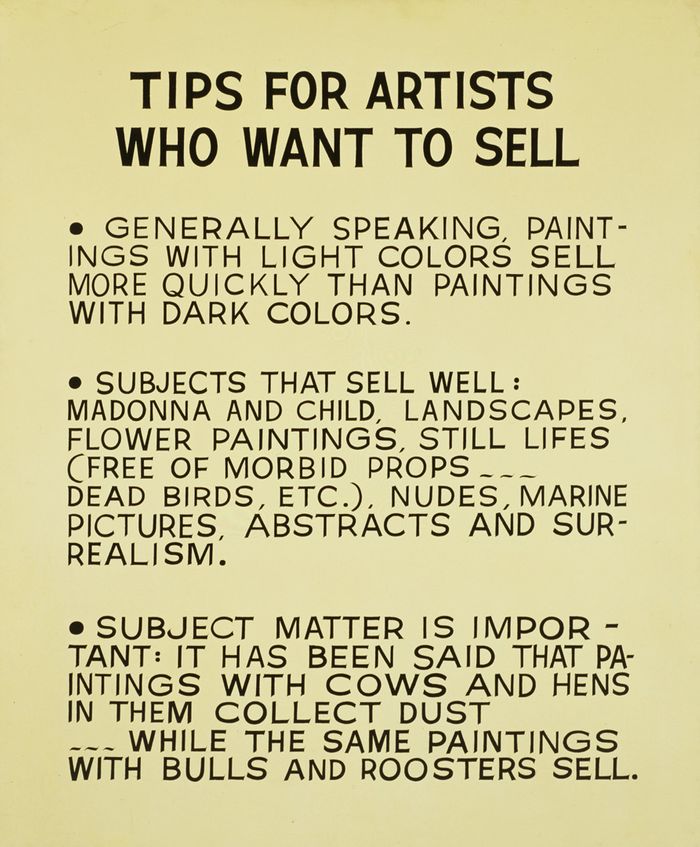
From MoMA Learning (a website I helped create!):
The use of a definition of art and painting within a work of art brings to light what he sees as the irony in narrowly defining something that is so open to interpretation: “I’ve always been attracted to anyone that can blatantly say what art is. I just like that kind of audacity, or ignorance, one or the other.”
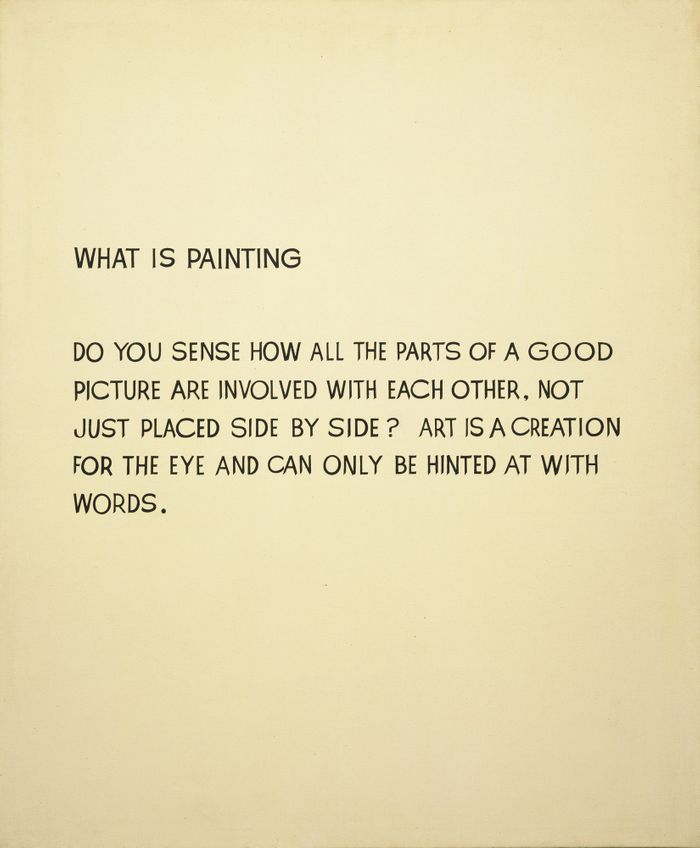
From a 1998 review of his exhibition The Commissioned Paintings:
In 1969, Mr. Baldesarri commissioned 12 artists he discovered in county fair art exhibitions to make paintings for him. Each produced a competent, realist copy of a photograph supplied by Mr. Baldessari. The photographs were all pictures of a hand pointing at something utterly ordinary, like a messy kitchen counter or a collection of pills or a roll of sheet metal.
To get the photographs, Mr. Baldesarri had asked a friend to walk around and point to things that interested him, an inside joke referring to a statement by the painter Al Held, who declared, ‘’All conceptual art is just pointing at things.’’ Finally, a professional sign painter captioned each painting with the words ‘’A Painting by Jane Moore’’ (or Pat Nelson or whoever made the particular painting).
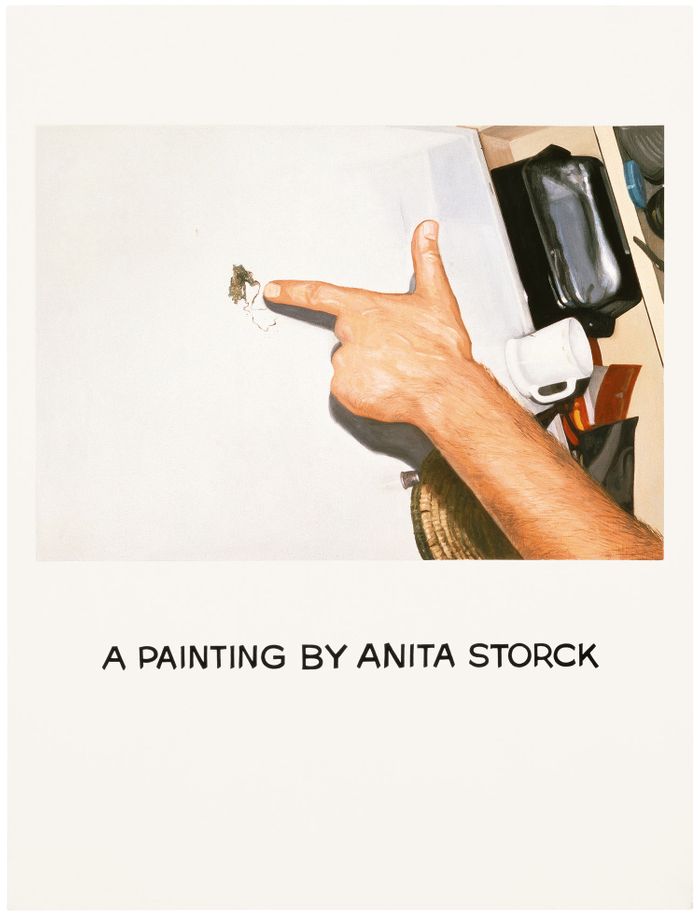
From his New York Times obituary:
Mr. Baldessari started as a semiabstract painter in the 1950s but grew so disenchanted with his own handiwork — as well as the very notion of handiwork — that in 1970 he decided to take his paintings to a San Diego funeral home and cremate them. He was ready to embrace a wide range of mediums: videos, photography, prints, sculpture, text-based art, installations and, yes, paintings, but most of all hybrid forms of these, like text painting.
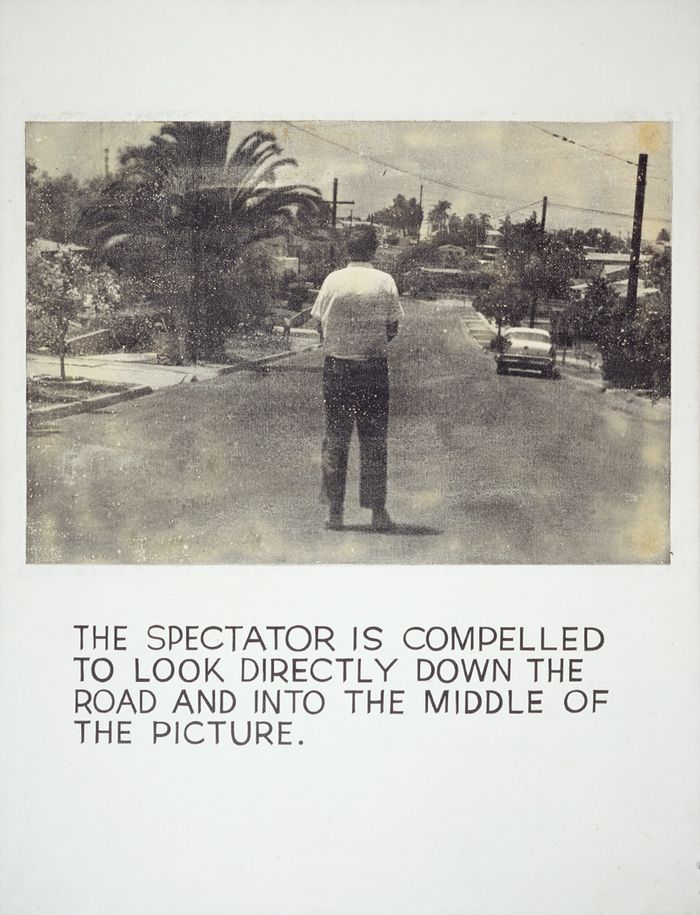
From a 2010 New Yorker review:
Baldessari took the pictures, shooting through the window of his car “with the idea that truth is beautiful, no matter how ugly it is.” His wife took one that makes sport of the rule in every photography manual about not posing your subject in front of a tree, because it will look like the tree is growing out of the subject’s head. This picture, which LACMA now owns, shows Baldessari standing directly in front of a spindly palm tree, and underneath is a one-word printed text: “WRONG.”
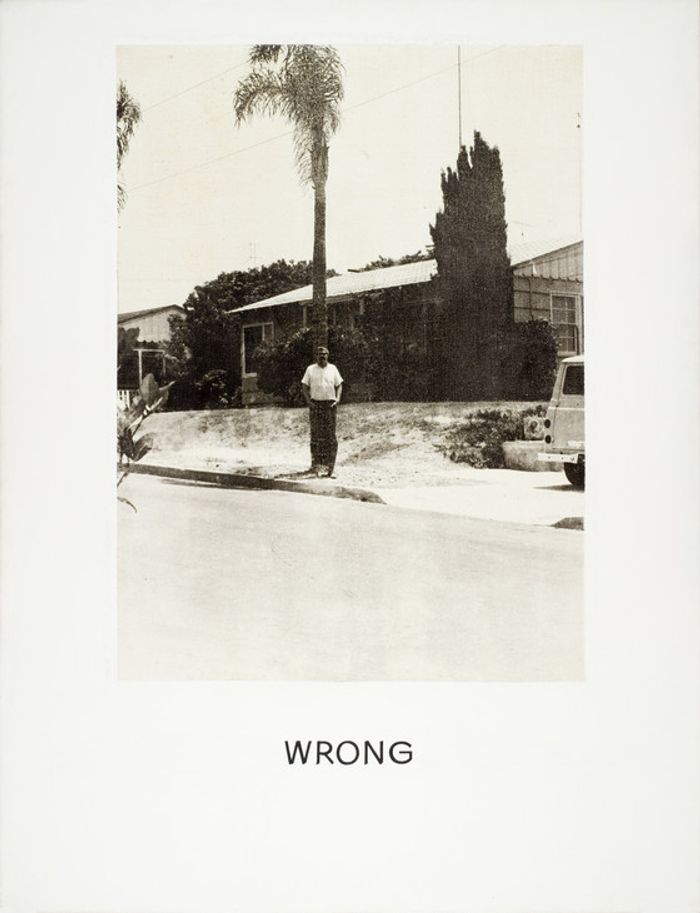
From a 1973 interview:
Baldessari: In ’68 at [Richard] Feigen’s downtown gallery—Feigen was the second gallery in downtown New York after Paula Cooper—in its first show, a group show, and then I had a solo show with him after that [in 1970]. Actually Feigen was the one gallery I didn’t have any introduction to. I just walked in. About a year ago, I talked to a secretary there who said, “Oh, yes, we always used to call you ‘the artist who walked in off the street.’” I didn’t realize it was so unusual.
